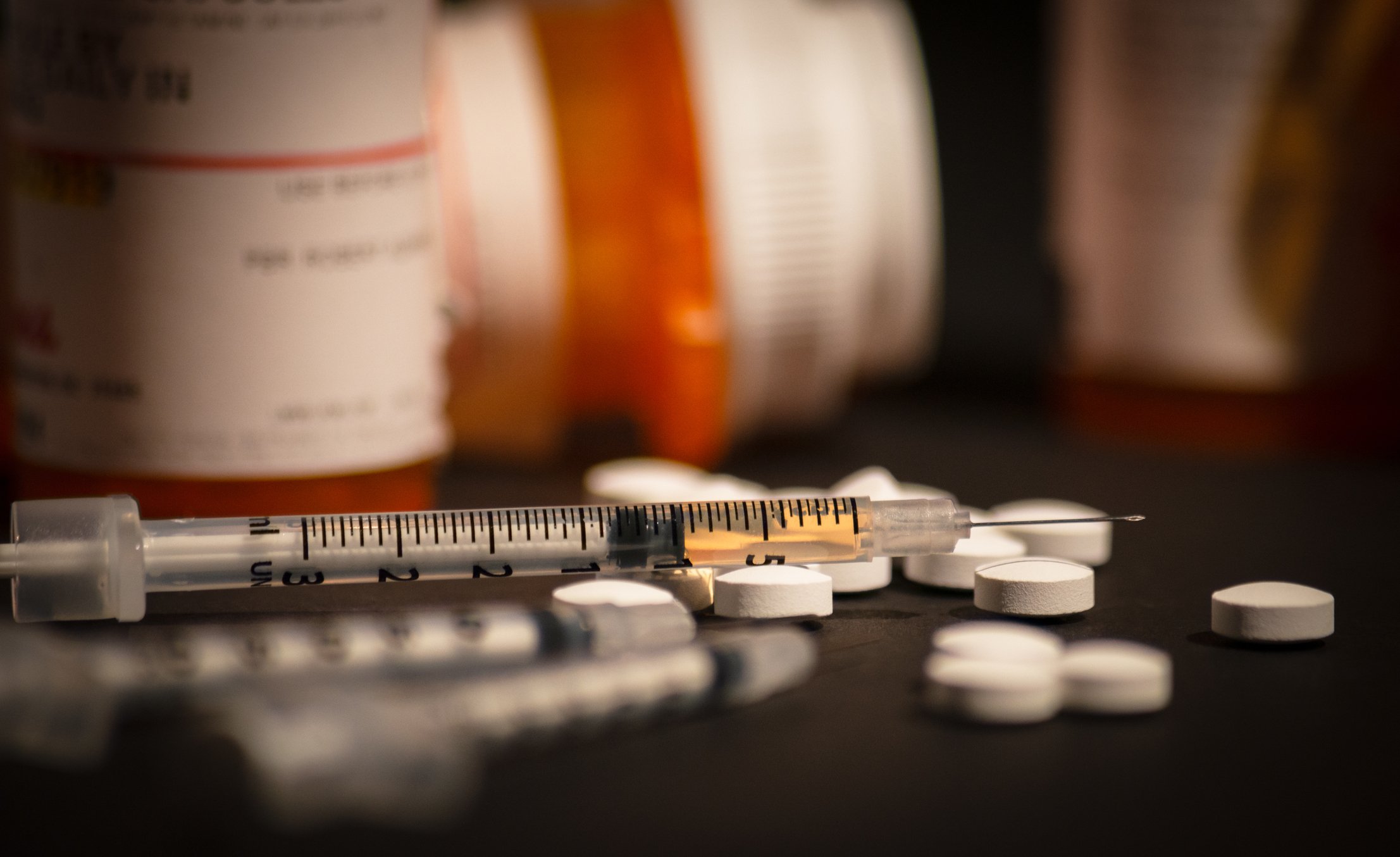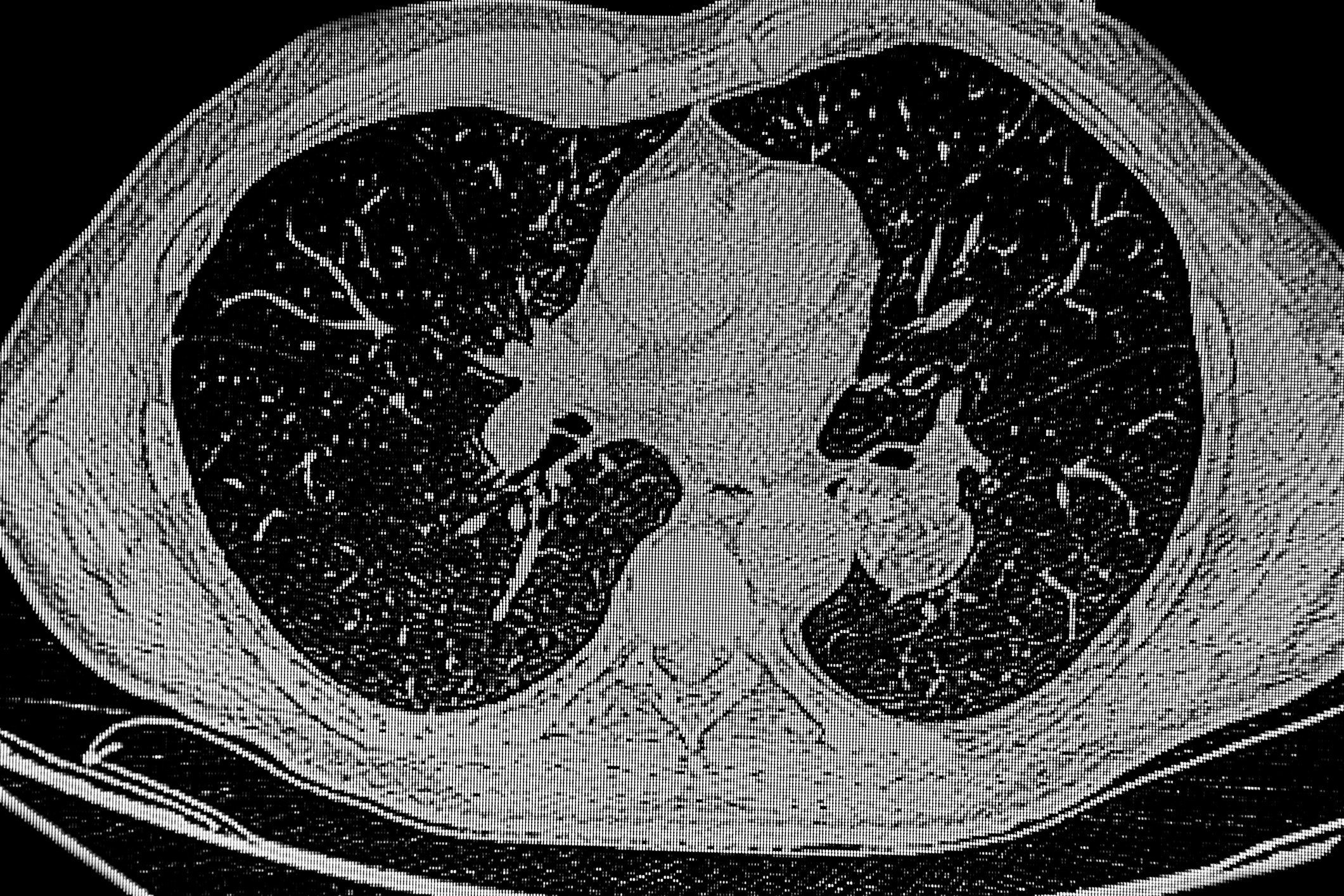Lymphogranuloma venereum has become much more common again in Europe in recent years. Especially among men who have sex with men, the disease seems endemic.
Lymphogranuloma venereum (LGV) appears to have resurged markedly in recent years in Europe among men who have sex with men (MSM) and has probably become endemic in this population, where it is a relatively common cause of proctitis and occasionally the cause of genital ulceration. LGV is caused by Chlamydia trachomatis Biovar L2b in most cases among MSM in Europe [1].
Among heterosexuals, lymphogranuloma venereum is much less common in Europe and is then usually imported from endemic countries. Until 2003, it was known as a “tropical disease” and is endemic in parts of Africa, Latin America, and Asia [1]. In Africa and India, it accounts for 7-19% of genital ulcers, is common in both sexes, and is often asymptomatic [2,3]. In 2003, an outbreak of LGV proctitis was documented in 13 MSM in Rotterdam [4], after which there were further outbreaks in MSM again in developed countries [5,6]. A very high co-prevalence of LGV and HIV (57-100%) is assumed [7].
Clinic
The nonspecific, usually painless primary lesion (Fig. 1) of lymphogranuloma venereum may manifest as an inflammatory papule, vesicle, papulopustule, or finally as a flat ulceration and heals spontaneously within 10-14 days [1].

In genital infestations, the glans penis, coronary groove, prepuce or anterior urethra in men, vulva, vagina or cervix in women may be affected. The rectum is frequently affected (Fig. 2) .

The typically painful lymph nodes in stage II appear two to six weeks after the primary lesion, in primary genital mostly unilaterally inguinal above and/or below the Puopart ligament (Fig. 3). The so-called bubones initially appear like coffee beans and may fuse into packages, abscess, perforate and form fistulas in the course of the disease. When the rectum, upper vagina, or cervix are infected, the perirectal or para-aortic lymph nodes (Gerota glands) respond [1,8].

Possible systemic signs in stage II include leukocytosis, lymphocytosis, fever, rheumatic symptoms, arthritis, exanthema, conjunctivitis, aseptic meningoencephalitis, hepatosplenomegaly, perihepatitis, pneumonitis [1,9]. In stage III (Fig. 4), anorectal symptom complex or anogenitorectal syndrome with elephantiasis genitoanorectalis ulcerosa occurs [1].

Diagnostics
The diagnosis of lymphogranuloma venereum is made by history including a detailed sexual history, clinical picture, and with direct pathogen detection by PCR from genital ulcer, anorectal smear, or bubonic aspirate. If such a smear is not possible, serology can help in the diagnosis; in particular, a high IgA antibody titer in the symptomatic patient is suggestive of LGV. However, a low titer does not exclude LGV, nor does a high titer prove LGV in clinically asymptomatic patients [1]. Very often stage I is nonspecific and unnoticed [2,10], most often the diagnosis is made in stage II. Due to frequent co-infections, complete STI screening must always be performed as a supplementary measure [10].
Differential diagnoses include genital herpes, syphilitic lymphadenopathy, which usually manifests both painlessly and bilaterally, molle ulcer caused by Haemophilus ducreyi in the context of venereological differential diagnoses, and, in a broader sense, other bacterial and viral pathogens such as streptococci, mycobacteria, or herpes zoster [10].
Therapy
Therapeutically, doxycycline 100 mg twice daily for three weeks is used as a first-line antibiotic [1,3,11]. Treatment alternatives are erythromycin 500 mg four times daily for three weeks or azithromycin 1 g once weekly for again three weeks [1]. Symptoms should regress within one to two weeks of starting therapy. Of course, partner treatment must always be arranged.
Conclusion
In addition to being considered as an important differential diagnosis in endemic areas such as Africa, with an apparent upsurge of this sexually transmitted infection in Europe, particularly in MSM with or without HIV infection, genitoanal ulcers and/or lymphadenopathies should also be considered as a differential diagnosis in this country.
Take-Home Messages
- Lymphogranuloma venereum (LGV) is caused by Chlamydia trachomatis Biovar L2b in men who have sex with men (MSM) in most cases in Europe.
- A very high co-prevalence of LGV and HIV (57-100%) is assumed.
- The typically painful stage II lymph nodes appear two to six weeks after the primary lesion, usually unilaterally inguinal above and/or below the Puopart ligament in primary genital lesions.
- Due to frequent co-infections, a complete STI screening must always be performed as a supplement.
- Therapeutically, doxycycline 100 mg twice daily for three weeks is used as a first-line antibiotic.
Literature:
- De Vries HJ, et al: 2013 European guideline on the management of lymphogranuloma venereum. JEADV 2015; 29: 1-6.
- Rim SI, Samer HG: LGV. Fitzpatrick’s Dermatology in General Medicine. 8th ed. McGraw-Hill 2012.
- Caumes E, et al: Lymphogranulome vénérien (maladie de Nicolas Favre). Annales de dermatologie et de vénéréologie 2016; 143: 736-738.
- Nieuwenhuis RF, et al: Resurgence of lymphogranuloma venereum in Western Europe: an outbreak of Chlamydia trachomatis serovar l2 proctitis in The Netherlands among men who have sex with men. Clin Infect Dis 2004; 39: 996-1003.
- Blank S, et al: Lymphogranuloma venereum in the industrialised world. Lancet 2005; 365: 1607-1608.
- Kamarashev J, et al: Lymphogranuloma venereum in Zurich, Switzerland: Chlamydia trachomatis serovar L2 proctitis among men who have sex with men. Swiss Med Wkly 2010; 140: 209-212.
- Rönn MM, Ward H: The association between lymphogranuloma venereum and HIV among men who have sex with men: systematic review and meta-analysis. BMC Infect Dis 2011; 11: 70.
- Stoner BP, Cohen SE: Lymphogranuloma venereum 2015: clinical presentation, diagnosis, and treatment. Clin Infect Dis 2015; 61(Suppl 8): 865-873.
- Perry ME, White SA: Three cases of reactive arthritis secondary to lymphogranuloma venereum. J Clin Rheumatol 2015; 21: 33-34.
- Pobitzer K, et al: Unilateral inguinal lymphadenopathy – When genital herpes was not just herpes. Dermatologica Helvetica 2017; 29(1): 34-35.
- Leeyaphan C, et al: Systematic Review and Meta-Analysis of Doxycycline Efficacy for Rectal Lymphogranuloma Venereum in Men Who Have Sex with Men. Emerg Infect Dis 2016; 22: 1778-1784.
DERMATOLOGIE PRAXIS 2018; 28(6): 12-14











